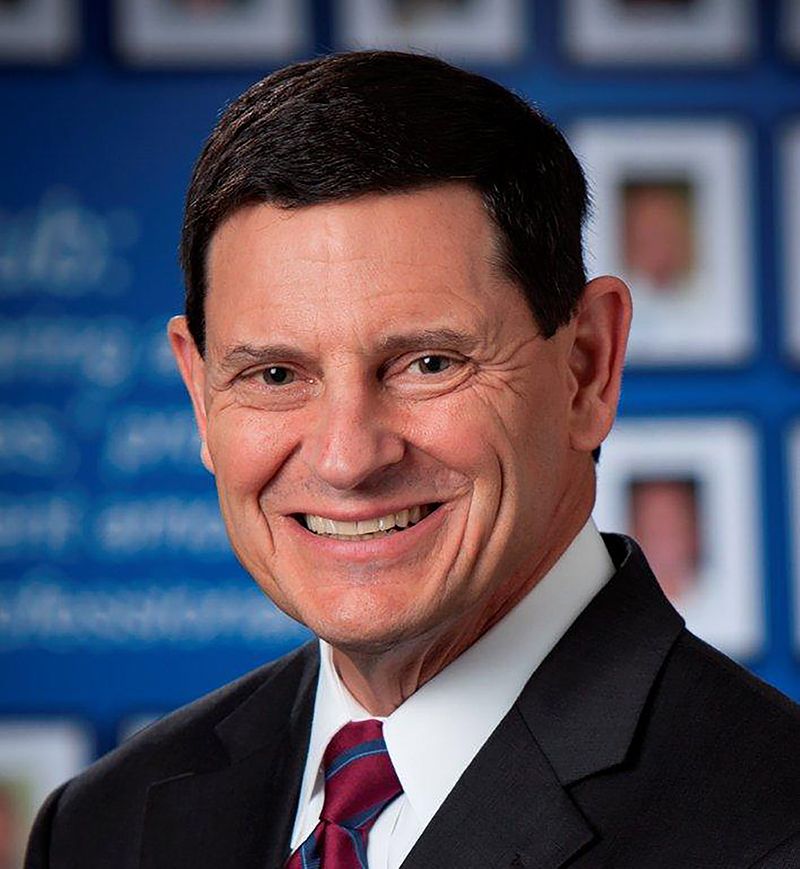2020 was the year. Your company was going to experience exponential growth. The plans had been meticulously prepared and presented, blessed by your board and applauded by all business unit leaders around the table. Your team and processes were in place, the market was ripe and opportunities seemed limitless.
But then, the entire selling landscape changed and your growth strategy became irrelevant—or did it? By now, you have hopefully been able to ascertain how to scale up, or down, to make the same approach work in these market conditions. If not, how do you prepare to end the calendar year on a high note and springboard into a more predictable, and profitable, New Year?
Many business leaders have begrudgingly grown accustomed to this “new normal” business environment. They may be anticipating a return to something closely resembling an earlier business climate—a predictable status quo they hope will allow them to return to executing and fine-tuning various elements of their go-to-market strategy. When we think about recovery we, too, may think about the days when we had a high degree of confidence that our basic assumptions about the marketplace would stand unchallenged.
Charting a path on the roadmap to recovery going forward into 2021, however, will not necessarily depend upon the skills that brought us success in the past but on a very different set of capabilities to help us to navigate the future. That shift in required skill sets, and capabilities, may bring with it a period of major disruption, particularly with sales teams:
Some salespeople will leave of their own accord.
Some no longer will have a role to fulfill in the team and must go.
Some will have to change their focus and responsibilities.
Managing these transitions, with minimal disruption to the rest of the team, will be an important priority for sales leaders during the recovery phase. Critical to the successful navigation of this period will be the willingness to address some core questions that are too often overlooked or minimized, such as:
How are you currently assessing your people and teams?
Can your assessment process be improved?
Do your people possess the necessary skills, and competencies, that will help ensure their success in the current market environment?
Are they willing, and able, to do the job you design for them?
Chances are that many of the changes that may (or will) occur during the recovery phase should have happened months—or even years—before the crisis unfolded.
Use this time before the end of the year to assess your team and map out a plan to continuously build the right skill sets, the right attitudes and the right patterns of behavior in the organization. This should help drive not only marketplace success but also the development of the next generation of leaders. One of the best, and simplest, ways to begin tackling the challenge of setting, and pursuing, your organization’s strategic direction is to be ruthlessly honest. Doing this will provide a clearer sense of where your organization is right now and where there is room for improvement.
Our business community is still experiencing radical, ongoing, change and only now is beginning to appreciate exactly what that entails. But that does not mean rapid growth is off the table for 2021, whether it’s a “U-shaped” or “V-shaped” recovery. For your growth strategy to succeed, no matter the market conditions, you will need a repeatable process that is either defined, or continuously refined, by the organization. Landing in the critical path of your customer takes time, discipline, process and cadence but the ability to do so will be rewarded with sustainable growth and long-term value. ♦
Jim Marshall is owner and president of Sandler Training of Tampa Bay, which provides sales, corporate and management training to high-achieving companies and individuals. Contact him at 813.287.1500 or [email protected].













